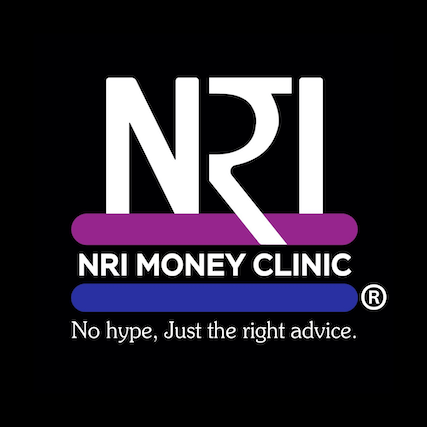I recently came across an interesting headline — bank fixed deposits have hit new highs this year. Despite all the modern investment options around, people still love their good old FDs. It made me pause and think:
Are fixed deposits really serving your best interest? Are they safe? Or could they be quietly eroding your wealth?
Let’s find out.
The FD Obsession: A Habit from the Past
To understand our love affair with fixed deposits, let’s rewind a few decades.
Post-independence India had limited investment avenues. There were no mutual funds, no fancy SIPs, and no online trading apps. So people parked their money where it felt safe — in bank FDs.
For years, this was the only savings instrument people trusted. In fact, during the 1980s, banks offered interest rates as high as 14–15%. Imagine getting that today — you’d run to the bank with a smile!
But those high rates existed for a reason — inflation was equally high. So while you earned more, prices were also rising rapidly. Over time, inflation cooled, FD rates dropped, and new options like mutual funds entered the picture. But our faith in FDs remained unshaken.
Why Do People Still Love FDs?
Let’s be honest — fixed deposits feel safe.
You park your money, you know the returns, and you can sleep peacefully at night. The main reasons people choose FDs are:
Safety: You don’t want your hard-earned money vanishing with a dodgy borrower.
Liquidity: You can withdraw or take a loan against it easily.
Protection from inflation: You expect the interest to at least beat the rise in prices.
Fair enough. But do FDs really deliver on these promises today? Let’s see.
1. The Safety Myth
Your money in a large, well-regulated bank is generally safe, thanks to strict RBI supervision.
But, and this is a big one. safe does not mean guaranteed.
Smaller cooperative banks, for instance, have faced crises year after year. And here’s the kicker: your deposits are insured only up to ₹5 lakh. That’s all you’d get back if your bank collapses. So yes, choose your bank wisely. “Too big to fail” may sound cliché, but it holds true here.
2. Liquidity: The FD’s Strongest Point
Here’s where FDs shine.
Need quick cash? You can break your deposit or take an overdraft against it. No paperwork circus. No drama. Liquidity is one area where FDs still score full marks.
3. Inflation and Purchasing Power: The Silent Killer
This one’s tricky.
If inflation is 5% and your FD gives you 6%, you think you’re safe — until tax walks in and takes its share.
Let’s do the math:
You earn 6% on ₹100 — that’s ₹6.
You pay 30% tax — that’s ₹2 gone.
You’re left with ₹4, while prices went up by ₹5.
Congratulations, your “safe” FD just made you poorer.
This is the hidden danger; FDs may protect your principal, but not your purchasing power.
The Hidden Risks You Didn’t See Coming
a) Reinvestment Risk
Once your FD matures, you reinvest at the new rate — which could be lower.
So if you locked in at 7% today, and next year rates fall to 5%, your future income drops. That’s reinvestment risk — the silent income killer.
b) Taxation Risk
FDs are taxed every year as “income.” You can’t defer it.
Whether you withdraw or not, the interest gets added to your annual income. High tax bracket? You lose a bigger bite of your return.
For NRIs, the story is slightly different — interest on NRE FDs may be tax-free in India, but not necessarily abroad. Countries like the US, UK, and Canada tax global income. And once you return to India and become a resident, even your NRE FDs become taxable.
So much for “safe” money.
Should You Ditch FDs Altogether?
Not necessarily.
FDs still have their place — if you’re in a low or nil tax bracket, or if you simply can’t sleep without one. But if you’re in the 30% bracket, overloading on FDs is like trying to fill a leaking bucket — you’ll keep pouring, but the water level never rises.
Smarter Alternatives Worth Considering
Debt Mutual Funds:
They work like FDs but offer tax efficiency and flexibility. You pay tax only when you redeem — not yearly. Some even yield better returns.Hybrid Mutual Funds:
A mix of debt and equity, ideal for conservative investors who want safety with a little growth.Guaranteed Return Insurance Plans:
These can lock in returns for a long period and help manage taxes and reinvestment risks. But handle with care — always plan with professional advice.
Final Thoughts
Fixed deposits are familiar, simple, and comforting, but they aren’t perfect.
They do one job well: protecting your capital. But in today’s world of rising inflation and higher taxes, that alone isn’t enough.
Use FDs for short-term parking or emergency funds. For long-term goals, explore smarter, tax-efficient options. Because sometimes, playing it too safe can actually cost you the most.


